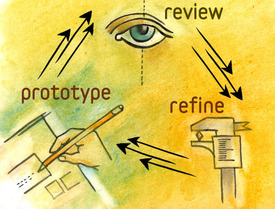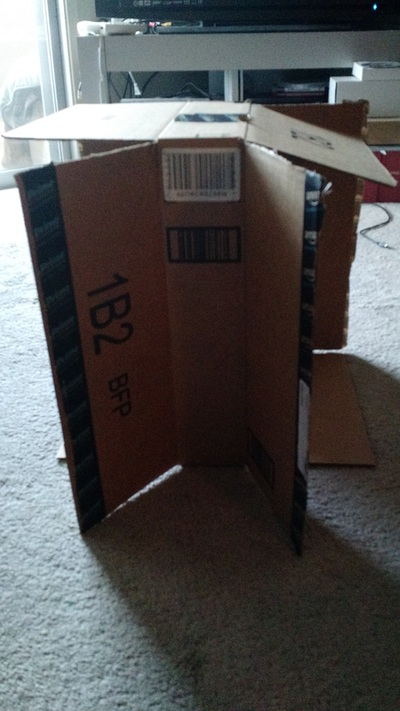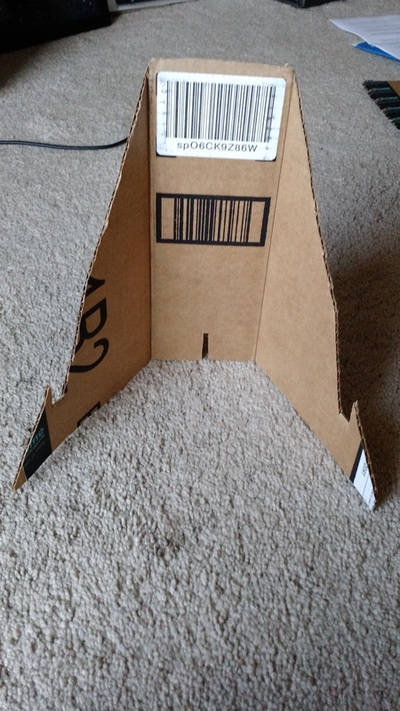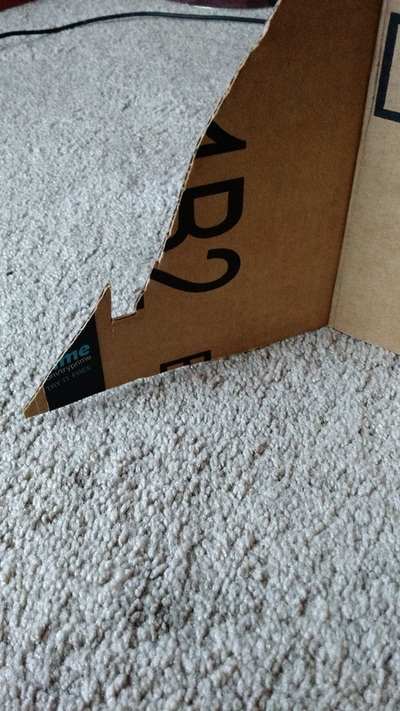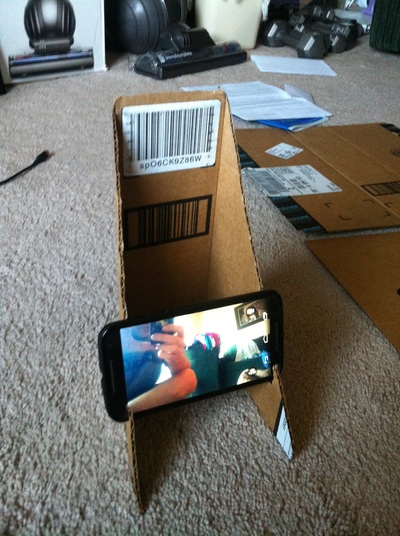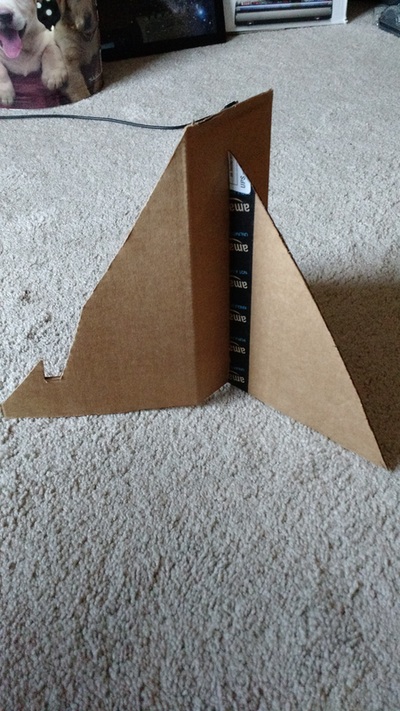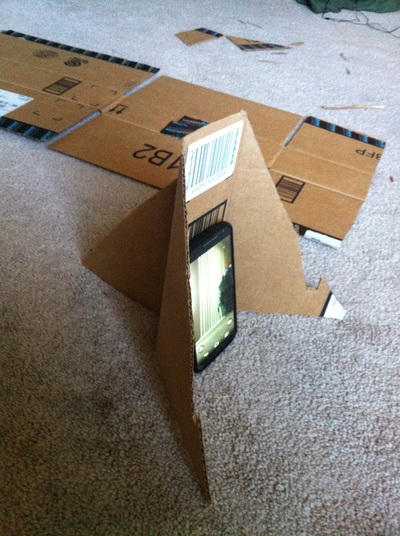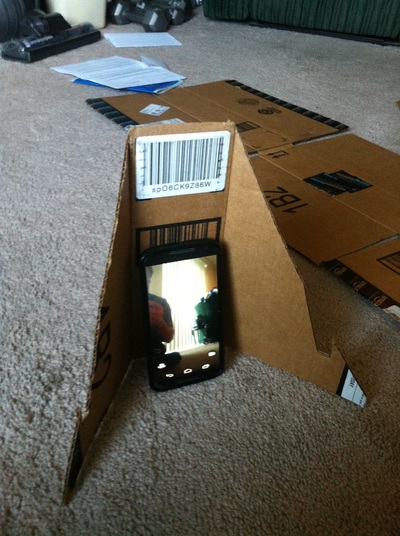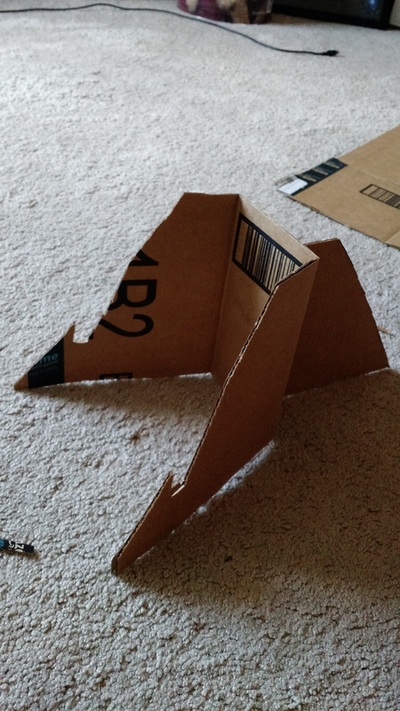Photo Credit: www.smashingmagazine.com
prototyping the meaning of life
Prototype process & Reflection
Meaning of Life
With this week’s lab for the Prototype Module, I just had to pursue the ‘big idea’ of the meaning of life, as this topic immediately jumped out to me. Personally, I believe life is a constant adventure, one that you should try to enjoy with loved ones and capture those memories, both in your head and through a lens. Now I’m not a camera snob nor do I own a selfie stick. However, whenever my wife and I travel, I absolutely love snapping photos so that we have those memories captured forever. Most folks will remember the big ticket items, like the first time across the Golden Gate Bridge or a visit to the Guinness brewery in Ireland, but what about that delicious hot chocolate on the Ramsgate seaside, or the Belgian countryside sunset? Getting back to the ‘meaning of life’, life is an adventure with some days providing larger escapades than others. If you stop to look at a photo of just our galaxy, we are a speck amongst the stars; we might as well make the most of the time that we’re here on this tremendous Earth! I love capturing our travels through the lens of a camera (or smartphone these days) and focused my design on a camera stand for a smartphone.
Design
When my wife and I travel aboard, we are somewhat hesitant to approach locals to ask them to take a photo of us. We are adamant about learning the native language to ask these photo requests in their own language, but it’s often easier said than done. We’ve also had experiences where the photos come out with our heads chopped off and a wonderful photo of our feet. In addition, there are times when we simply don’t have anyone else around to take a snap of us. With a normal camera (sturdier, with a base) you can set the timer and race into position for the photo. However, with smartphones, they don’t necessarily stand well on their own and often extra camera equipment is required for the phone to stand up while taking the photo. I find selfie sticks amusing due to the amount of attention they attract, but personally would never use one. So, with that, I decided to dissect a cardboard Amazon box to design a smartphone camera stand. I was motivated by Caine’s arcade and the cardboard challenge to see if I could highlight my design with using cardboard as the main component.
I wanted to use a wall of the Amazon box as it is already sturdy enough to act as the frame’s foundation, and then use the flaps of the box for the stabilizing legs. The design is fairly large in size, but with smartphones now the size of tablets, the stand does need to be stable to support these larger devices. I really wanted to create a simple, lightweight product that we could take with us on our travels.
We have hundreds of photos of landscapes, buildings and my wife, but yet few photos of us both. This stand could help us set up the timer feature and get more photos of us both on our adventures!
Materials Used: Cardboard, scissors, glue sticks, pen/marker (outlining the design)
Prototyping & Revisions
The Process
I had been excited about this lab since I read the overview on Monday, but with work running long this week for Winter degree conferral, I didn’t have a chance to tackle the lab until today (Saturday morning). Outside of my MSU courses, it’s rare that I’ll find to truly spend time designing or creating a new project – but it makes me realize how much I need to force myself to do so as I really love the challenge and the concept of building something out of nothing. I find it very engaging and rewarding. With that being said, in this week’s lab, I had an idea crafted in my head, and my execution was fairly close to the design. I originally thought that the stand would be slightly skinner, almost like a plate holder that you may see on mantle pieces. However, I believe with the size (and weight) of smartphones, that a wide design needed to be considered when using cardboard as the material. If I went with a sturdier frame (wire or metal) then it could have been condensed in size. When relating back to the concept of prototyping, I think I went through about 4-5 iterations within the span of a Saturday morning. Revisions, additional cuts, design features, all to improve a cardboard stand. I can only imagine how many design revisions a Tesla or video game must go through!
With this week’s lab for the Prototype Module, I just had to pursue the ‘big idea’ of the meaning of life, as this topic immediately jumped out to me. Personally, I believe life is a constant adventure, one that you should try to enjoy with loved ones and capture those memories, both in your head and through a lens. Now I’m not a camera snob nor do I own a selfie stick. However, whenever my wife and I travel, I absolutely love snapping photos so that we have those memories captured forever. Most folks will remember the big ticket items, like the first time across the Golden Gate Bridge or a visit to the Guinness brewery in Ireland, but what about that delicious hot chocolate on the Ramsgate seaside, or the Belgian countryside sunset? Getting back to the ‘meaning of life’, life is an adventure with some days providing larger escapades than others. If you stop to look at a photo of just our galaxy, we are a speck amongst the stars; we might as well make the most of the time that we’re here on this tremendous Earth! I love capturing our travels through the lens of a camera (or smartphone these days) and focused my design on a camera stand for a smartphone.
Design
When my wife and I travel aboard, we are somewhat hesitant to approach locals to ask them to take a photo of us. We are adamant about learning the native language to ask these photo requests in their own language, but it’s often easier said than done. We’ve also had experiences where the photos come out with our heads chopped off and a wonderful photo of our feet. In addition, there are times when we simply don’t have anyone else around to take a snap of us. With a normal camera (sturdier, with a base) you can set the timer and race into position for the photo. However, with smartphones, they don’t necessarily stand well on their own and often extra camera equipment is required for the phone to stand up while taking the photo. I find selfie sticks amusing due to the amount of attention they attract, but personally would never use one. So, with that, I decided to dissect a cardboard Amazon box to design a smartphone camera stand. I was motivated by Caine’s arcade and the cardboard challenge to see if I could highlight my design with using cardboard as the main component.
I wanted to use a wall of the Amazon box as it is already sturdy enough to act as the frame’s foundation, and then use the flaps of the box for the stabilizing legs. The design is fairly large in size, but with smartphones now the size of tablets, the stand does need to be stable to support these larger devices. I really wanted to create a simple, lightweight product that we could take with us on our travels.
We have hundreds of photos of landscapes, buildings and my wife, but yet few photos of us both. This stand could help us set up the timer feature and get more photos of us both on our adventures!
Materials Used: Cardboard, scissors, glue sticks, pen/marker (outlining the design)
Prototyping & Revisions
- Originally I cut slits that were straight down into the cardboard, but when placing the phone in these slits, the phone stood too horizontal and the access to the camera screen was tilted and the photos were facing downward. I angled the slits for the camera to rest with a more upward angle, which also allowed for easier access to the camera screen.
- I also shortened the frame’s back wall, as the extra two inches of the stand were unnecessary and could collect be more of a hindrance if using the stand outside on a windy day. In addition, the reduction in size makes the device more manageable when traveling.
- The design was originally drafted with a landscape phone layout in mind, but I adjusted the design to also handle using the phone upright (portrait mode) by cutting a slit in the back wall and attaching an additional wall to hold the frame in place.
- My current phone (Moto X, 2nd Gen) has both frontward and rear facing cameras. With the design both cameras work equally well. Both need the timers set if interested in having multiple people in the photo.
- The stand can also be used for photo review. When my wife and I travel, at the end of a long day we retreat to our hotel room/rental property and review the day’s photos to remember all the sights we saw, from large to small. Usually it’s one of us holding the camera/phone and swiping through the photos. The stand can be used to hold the device while utilizing the slideshow view on the smart phone. Not a huge design improvement, but an alternative to someone having to hold the phone.
- One design risk that I'm note sure how to account for is the fact that when using the phone on the stand, it is easily accessible to phone thieves; the phone would be 8-10 feet out of reach for 5-10 seconds (depending on the timer), allowing someone to steal the phone if timed well. I don't expect such a scenario, but in the highly touristy areas that we've visited, I could see this being a concern.
The Process
I had been excited about this lab since I read the overview on Monday, but with work running long this week for Winter degree conferral, I didn’t have a chance to tackle the lab until today (Saturday morning). Outside of my MSU courses, it’s rare that I’ll find to truly spend time designing or creating a new project – but it makes me realize how much I need to force myself to do so as I really love the challenge and the concept of building something out of nothing. I find it very engaging and rewarding. With that being said, in this week’s lab, I had an idea crafted in my head, and my execution was fairly close to the design. I originally thought that the stand would be slightly skinner, almost like a plate holder that you may see on mantle pieces. However, I believe with the size (and weight) of smartphones, that a wide design needed to be considered when using cardboard as the material. If I went with a sturdier frame (wire or metal) then it could have been condensed in size. When relating back to the concept of prototyping, I think I went through about 4-5 iterations within the span of a Saturday morning. Revisions, additional cuts, design features, all to improve a cardboard stand. I can only imagine how many design revisions a Tesla or video game must go through!
